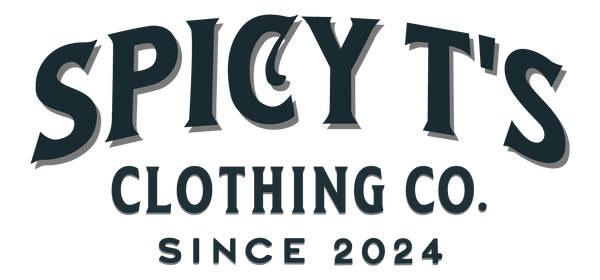
The Ultimate Guide to the Liquify Filter in Photoshop
Share
What is the Liquify Filter?
Liquify is a pixel-pushing tool that allows you to move, warp, bloat, pinch, and reconstruct parts of an image. It’s frequently used in portrait retouching, fashion editing, artistic design, and even meme creation.
You can find it here:Filter > Liquify (or Shift + Ctrl + X / Shift + Cmd + X)
🛠️ Tools in the Liquify Panel (Explained)
Here’s what you’ll find once the Liquify window opens:
1. Forward Warp Tool (W)
Pushes pixels forward like a digital finger-smudge.
Best for reshaping facial features, fabric folds, body contours.
2. Reconstruct Tool (R)
Restores distorted areas back to their original state.
Useful for fixing mistakes or doing partial undos.
3. Smooth Tool
Blends harsh transitions and jagged warps.
Think of it as a “liquify brush cleanup.”
4. Twirl Clockwise Tool (C)
Twists pixels into a spiral. Good for fantasy designs.
Use sparingly or you’ll end up with a whirlpool mess.
5. Pucker Tool (S)
Pulls pixels toward the center — great for shrinking features.
E.g., make eyes smaller, tighten cheeks, or shrink buttons.
6. Bloat Tool (B)
Expands pixels outward — good for enlarging eyes or cartoon effects.
Can look unnatural if overdone.
7. Push Left Tool (O)
Drags pixels left or right based on stroke direction.
Ideal for adjusting symmetry or fine-tuning edges.
8. Freeze Mask Tool (F)
Protects areas from being distorted. Like masking tape
Paint on areas you don’t want to be warped.
9. Thaw Mask Tool (D)
Unfreezes masked areas.
👩🎨 Facial Aware Liquify (The Game-Changer)
Photoshop automatically detects eyes, nose, mouth, and face shape, allowing you to tweak them precisely with sliders.
Use case:
Want to slightly raise eyebrows or balance eye sizes? This feature makes it fast and natural-looking.
You can adjust:
-
Eye size, tilt, distance
-
Nose width and height
-
Mouth width, smile, upper/lower lip
-
Face shape, chin height, jawline
✨ Pro Tips for Realistic Results
Use a soft brush and low pressure (20–40) for subtle effects.
Zoom in and work slowly. Drastic changes = obvious edits.
Use Freeze Mask Tool to protect sharp edges like hairlines or background objects.
Always compare the before & after (click Preview checkbox).
Work on a duplicate layer to preserve the original.
📸 Popular Uses of Liquify
| Use Case | Description |
|---|---|
| Portrait retouching | Adjust jawlines, slim cheeks, refine noses |
| Fashion editing | Smooth wrinkles, enhance curves, fix draping |
| Digital makeup | Reshape eyes/lips, apply subtle face lifts |
| Stylized art | Create surreal, melted, or morphing effects |
| Apparel mockups | Adjust how a shirt fits or stretches on a model |
| Meme edits | Exaggerate expressions or distort faces for fun |
🧠 Things Most People Don’t Know
1. Smart Object Liquify
If you convert your layer to a Smart Object before liquifying, you can re-edit the filter non-destructively.
2. Liquify History Recall
Press Reconstruct or move the Reconstruct slider to go backward through liquify steps without undoing everything.
3. Shift + Brush Size = Fast Control
Hold Shift and drag your mouse to quickly change brush size inside Liquify.
4. Pinch + Bloat Combo
Want realistic muscle enhancement or curves? Use Bloat + Pinch + Smooth in that order.
Common Mistakes to Avoid
Overdoing it. Subtle is believable; extreme is cringey.
Ignoring proportions. Make sure edits still look natural.
Liquifying on the background layer. Duplicate it first!
Not using the Freeze Tool. You’ll warp important areas by accident.
🎯 Final Thoughts
The Liquify Filter is one of Photoshop’s most powerful tools — blending creativity, control, and realism. Whether you're editing product shots, designing digital art, or giving your chicken drawings fun exaggerated features (😉), Liquify helps bring your vision to life.
Want to learn how to apply Liquify for your custom shirt designs or logos? I can walk you through that with examples — just ask!
